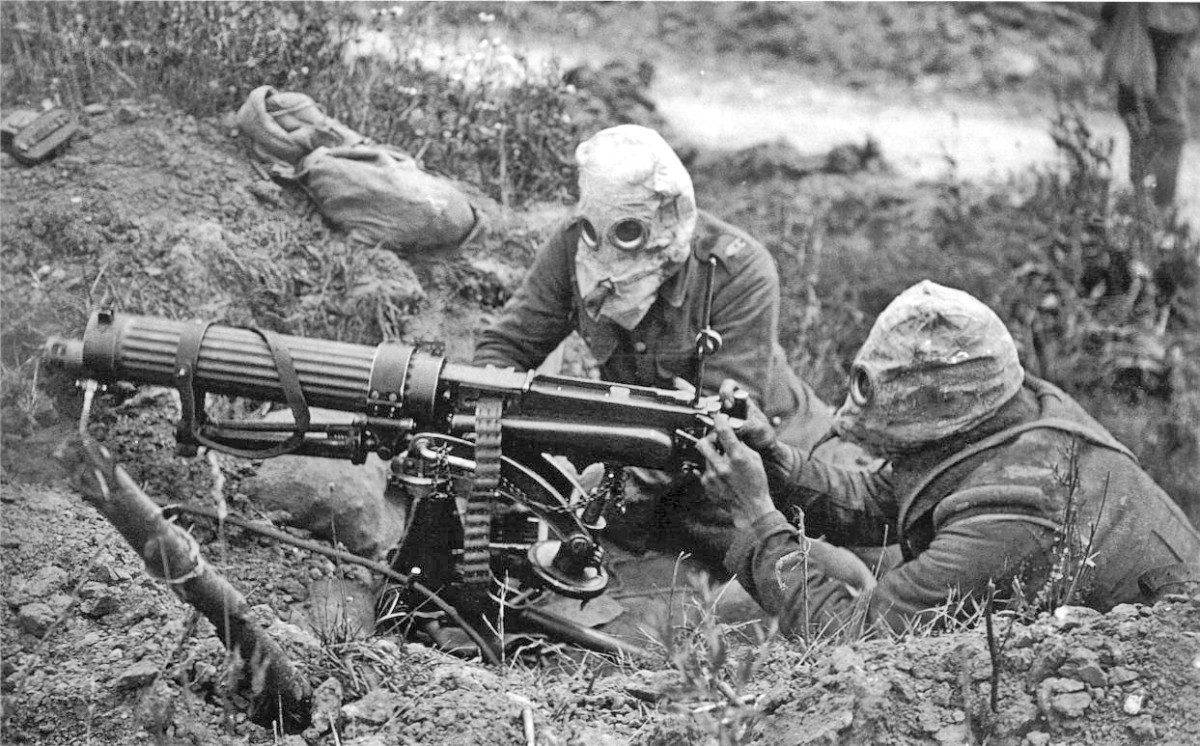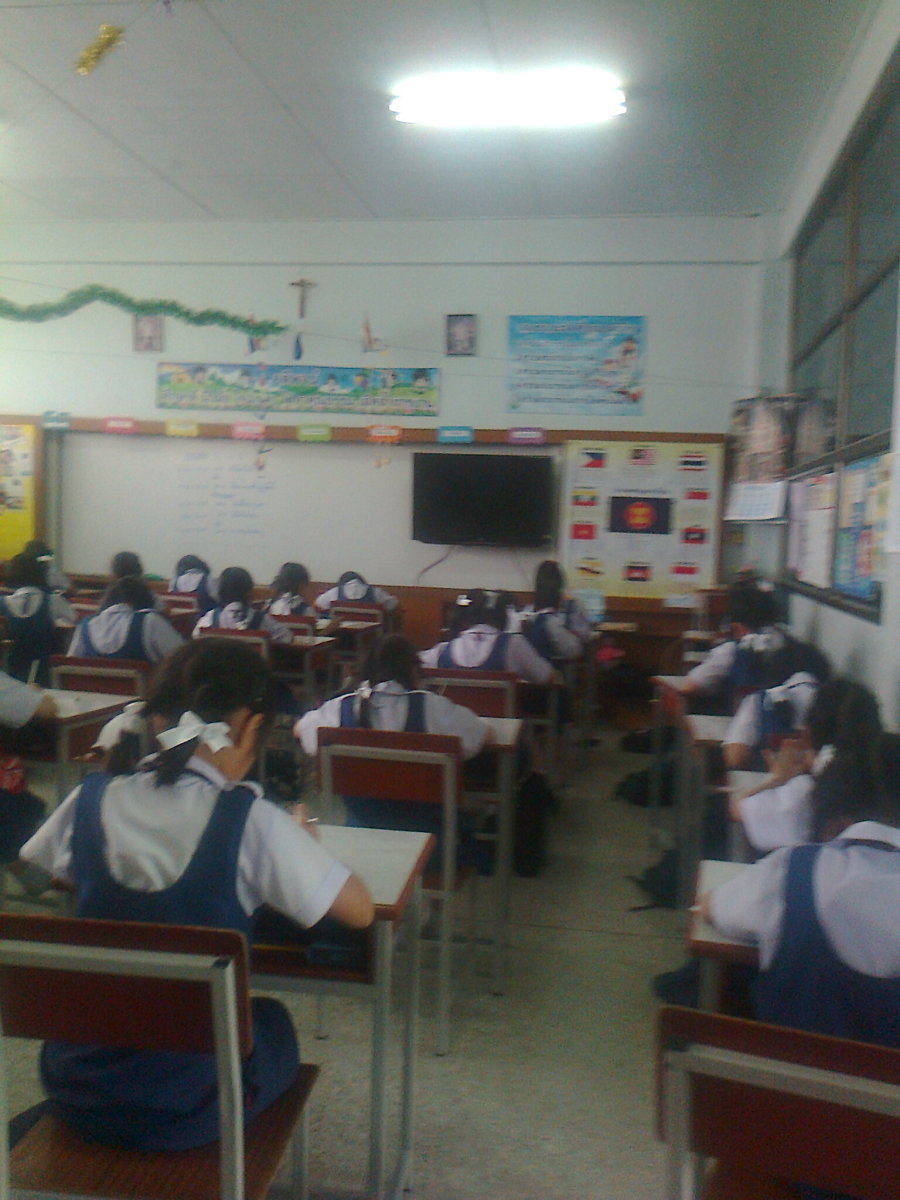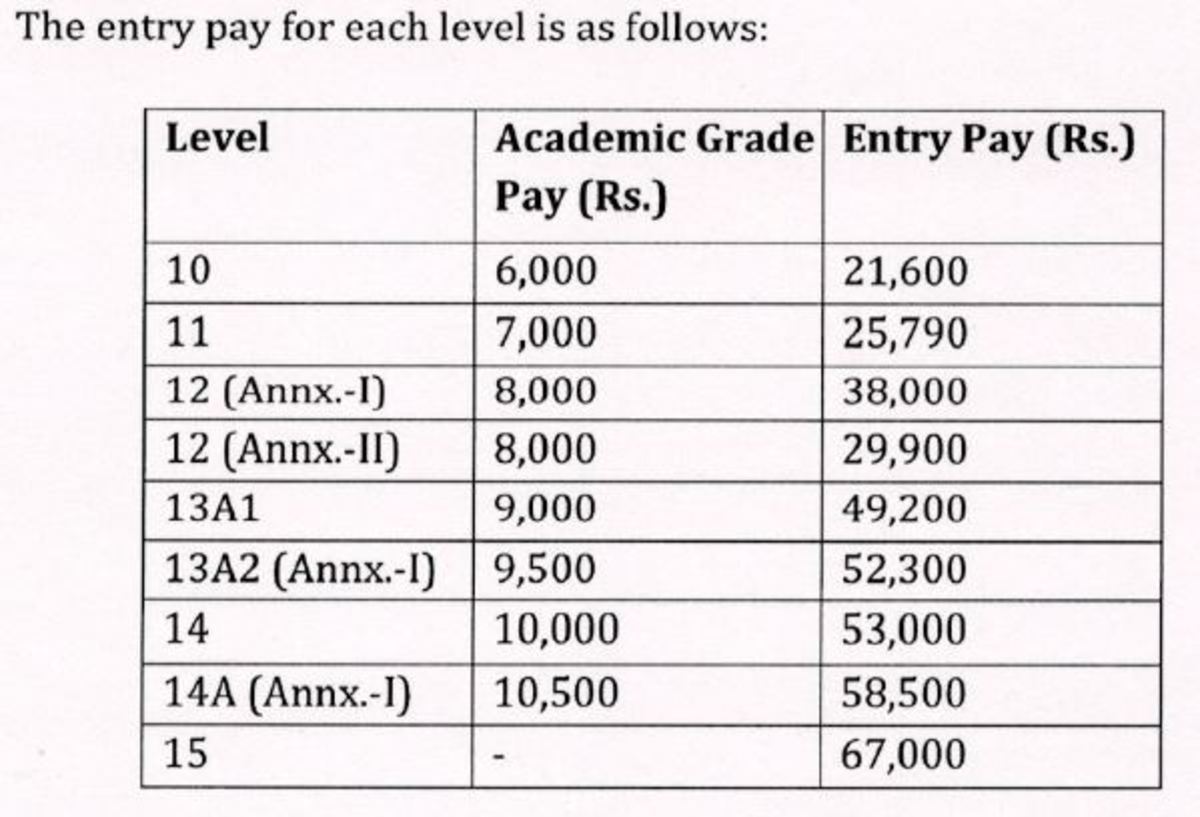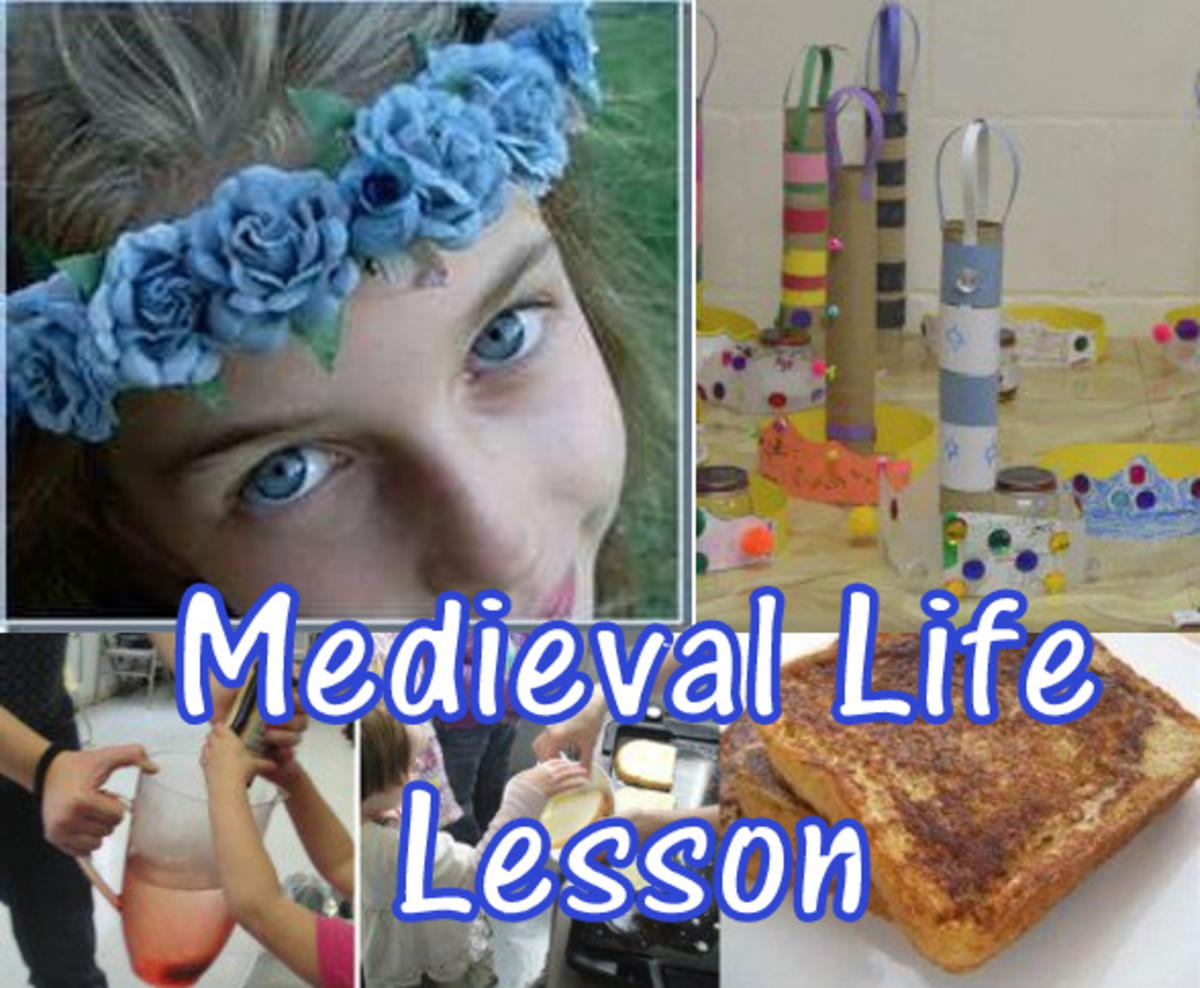Teacher Assessment Evaluation of Kindergarten Weather and Season Unit
Assessment of my evaluation of Kindergarten Weather and Seasons Unit
A. Introduction
The teacher work sample is an overview of the assessment tools I used, the pre and post test, the goals within my unit, how I decided what goals and objectives I wanted to teach in the unit, the student outcome of the unit, changes I would make and an overall reflection of the unit.
The first section; Assessment Plan is composed of my unit goals and objectives and the assessment tool I used to make sure that the goal was met. Then my pre-test, the pre-test helped me to create my unit to best fit the needs of my individual students. The same unit would probably been completely different at the school I was first placed in because it is based on the students you are teaching not what you want to teach. Next section is the formative assessment tools that I used throughout the unit there are examples different assessment tools that I used while teaching the lessons. The next section is Instructional Decision Making. My unit was created based on what I found from my pre-test. There would have been no need to teach about seasons if the whole class knew all the answers. Instead I felt enough students answered the questions wrong so it was a large component of the unit. Next I compared my pre and post test. I was very excited to look over the results. I had felt like the students were really learning a lot just through teaching them and through assessment throughout the unit. When I calculated the results I was extremely excited to see the results. It made me feel like the unit was an all around good unit and they really learned a lot. The next component is a comparison between the student who scored the highest on the pre-test and the student who scored the lowest on the pre-test. It was great to see the gap really close after teaching the lesson. The student went from getting only two out of nine to getting seven out of nine correct. The final component is my reflection on the unit, my teaching, the students, what I would change, and what I felt I did strongly.
B: Assessment Plan:
Unit goals and objectives
Goal
Lesson
Assessment
Students will correctly identify the four seasons (winter, spring, summer, fall (autumn).
1, 3 and 10
Answer key
Checklist
Rubric
Pre and Post test
Students will correctly explain the weather and temperature related to each season.
1,2,3, 4 and 10
Answer key
Weather book
Journal (rubric)
Checklist
Checklist
Worksheet
Rubric
Pre and Post test
Students will identify the change in the seasons.
1, 3 and 10
Answer key
Checklist
Rubric
Pre and Post test
Students will identify types of weather.
2, 3, 5,6, and 7
Weather book
Checklist
Lab experiment
Journal (rubric)
Pre and Post test
Students will identify a thermometer
4
Checklist
Worksheet
Pre and Post test
Students will correctly identify what a cloud looks like before it rains/ a storm.
8
Journal (rubric)
Pre and Post test
Students will correctly recognize what we wear in each season.
1, 3 and 10
Rubric
Students will understand what the American Red Cross does.
9
Pre and Post-test
Students will observe their environment outside related to weather.
2,5, 6, 7, and 8
Weather book
Journal (rubric)
Worksheet
Checklist
Students will interpret a thermometers temperature (hot/ cold).
4
Checklist
Worksheet
Pre and Post test
Students will use senses to observe the outdoors and make journal entries regarding the weather outside.
5, 6, 7 and 8
Journal (rubric)
Lab experiment
Worksheet
Checklist
Pre-assessment activity
Before I sat down to write my unit I had an idea of what I would teach in my unit. I wanted to make sure that the students understood the four seasons, if they could identify what weather was and if they knew other weather topics. The following is the pre-test that was given to the students. I started by having them come over one at a time during free-time at the end of the day. The students at first were circling and writing the answers themselves. Then I had to do the writing and the circling when we started to run out of time. The test was given in color so they could see the sun, snow, rain and leaves for the seasons.
Pre-Test:
Name: _________________________________________
Circle the picture that shows winter:
Circle the picture that shows spring:
Circle the picture that shows summer:
Circle the picture that shows fall:
This is a picture of:
a- a themometer c- a marker
b- a straw d- a stick
This is a picture of a themometer when it is:
hot
cold
What do the people who work for the Red Cross do?
____________________________________________________
What are four types of weather?
____________________________________________________
What do clouds look like before it rains?
____________________________________________________
Formative Assessments
Throughout the unit I used a variety of assessment tools. I used checklist, rubrics, journals and worksheets to identify what the students were learning from my lessons/ unit. It was very helpful to use these assessment tools. For example, one day we were writing in our journals. The students had already wrote about their favorite season. I wanted them to write about their favorite type of weather and why. I had already discussed the difference between the weather and a season but, through going through their journals and their journal rubrics I was able to find that the students needed another lesson/ discussion on the difference between weather and seasons. Each day the students do morning work. I gave them two sheets each morning one was all about weather and what we were learning with weather and another was all math or language arts. This also gave me an idea of what they had learned. I gave morning work that would let me know if they had learned from the lesson the day before. For example if we talked about wind on Wednesday, then on Thursday they would get a morning worksheet on wind. Attached is the checklist and rubrics I used in class.
Used for lesson 3:
Student Name
Picture placed in correct spot (x) not able to. ( ) able to.
Able to explain why they put the picture in the season they did (x) not able to ( ) able to.
Emma B
Dylan C
Travis C
Jake D
Ethan H
Mackenzie P
Arianna K-C
Kylie L
Sammy M
Moriah M
Emily M
John M
Aaliyah R
Anthony S
Matthew T
Jayden W
Samantha F
Isabella T
Used for lesson 4:
Student Name
Able to create temperature at least three times in a row when prompted to.
Answered 5 out of 5 questions.
Emma B
Dylan C
Travis C
Jake D
Ethan H
Mackenzie P
Arianna K-C
Kylie L
Sammy M
Moriah M
Emily M
John M
Aaliyah R
Anthony S
Matthew T
Jayden W
Samantha F
Isabella T
Used for lesson 6:
Student Name
Observation of child during their turn.
Emma B
Dylan C
Travis C
Jake D
Ethan H
Mackenzie P
Arianna K-C
Kylie L
Sammy M
Moriah M
Emily M
John M
Aaliyah R
Anthony S
Matthew T
Jayden W
Samantha F
Isabella T
Used for lesson 10:
Story Writing: Four Senses Five Seasons
Teacher Name: Ms. Hamilton
Student Name: ________________________________________
CATEGORY
4
3
2
1
Season
Child chose one season and focused on that season and only that season.
Child chose one season and focused mainly on that season only including one or two facts about another season.
Student did not choose a season and wrote about all four seasons.
Student refused to do work.
Spelling and Punctuation
There are no spelling or punctuation errors in the final draft.
There is one spelling or punctuation error.
There are 2-3 spelling and punctuation errors in the final draft.
The final draft has more than 3 spelling and punctuation errors.
Accuracy of Facts
All facts presented in the writing are accurate.
Almost all facts presented in the writing are accurate.
Most facts presented in the writing are accurate (at least 70%).
Writing is off topic.
Creativity
The author has REALLY used his/her imagination.
The author has used his imagination.
The author has tried to use his imagination.
The author does not seem to have used much imagination.
Illustrations
Original illustrations are detailed, attractive, creative and relate to the text on the page.
Original illustrations are somewhat detailed, attractive, and relate to the text on the page.
Original illustrations relate to the text on the page.
Illustrations are not present.
Journal Assessment:
Students will also be completing a weather journal. I will use this to keep track of the students work during the unit. The students will do their entire journal entries related to weather. They will also use it to make daily observations about the weather as a class.
Story Writing : Journal
Teacher Name: Ms. Hamilton
Student Name: ________________________________________
CATEGORY
4
3
2
1
Focus on Assigned Topic
The writing is related to the assigned topic.
Most of the writing is related to the assigned topic.
Some of the writing is related to the assigned topic.
Refused to do.
Illustrations
Illustrations are detailed, attractive, creative and relate to the text on the page.
Illustrations are somewhat detailed, attractive, and relate to the text on the page.
Illustrations relate to the text on the page.
Refused to do.
Accuracy of Facts
All facts presented are correct related to the weather outside.
Almost all facts are correct related to the weather outside.
Most facts presented are accurate related to the weather outside (at least 70%).
Refused to do.
Requirements
All of the written requirements (# of pages, # of graphics, type of graphics, etc.) were met.
Almost all (about 90%) the written requirements were met.
Most (about 75%) of the written requirements were met, but several were not.
Refused to do.
- C. Instructional decision-making:
I believe that hands on activities and social learning are very important. This was a main component of my unit. I wanted the students to experience everything with the weather. I wanted them to make their own wind sticks, manipulate a thermometer, watch the thunder storm (Perfect week for my weather unit we had rain, sun, clouds and a big thunderstorm!!!) and actually go outside and observe the clouds, observe the weather and observe the season. I also believe that when students work together all benefit. For most of my lessons I based my grouping on higher students with lower students (Except for the Red Cross lesson because we were counting change. For that lesson I grouped by ability. One group counted pennies, one group counted nickels and one group counted dimes). I believe that working together like this benefit both the high and low students. This way the high students are able to help the low students and become more confident in what they know and it also helps students to remember the information. For the lower students it helps to have someone else besides the teacher helping them to find the answer.
After giving the pre-test I was able to start writing my unit plan. The pre-test was a complete guide for my unit. I had an idea of what I wanted to teach the students before I wrote the unit plan. Before I wrote my unit plan I came up with the goals I wanted in the unit then I turned those into pre-test questions. I found out that it was very helpful to give the pre-test. Before giving the pre-test I was not going to focus on the seasons at all. I figured they knew the difference between a season and the weather. Which was not true at all instead the many of the students were not even able to identify a season or different types of weather. Once I gave the pre-test I began to write my unit. From administering the pre-test I knew that I needed to focus some time on the seasons. I also knew that I really needed to focus on types of weather. I did not need to make changes to the unit itself because I had not written the unit yet. Instead I created my unit based on the pre-test scoring.
Question
Number of incorrect responses out of 18
Show me the picture of winter.
0
Show me the picture of spring
9
Show me the picture of summer.
7
Show me the picture of fall.
5
This is a picture of a: thermometer, stick, marker,straw
4
This is a picture of a thermometer when it is hot or cold
2
What do the people who work for the American
Red Cross do?
16
What are four types of weather?
13
What do clouds look like before it rains?
10
Item Analysis:
Student
Pre-test out of 9 questions
Emma
6
Dylan
6
Travis
5
Jake
4
Ethan
8
Arianna
6
Kylie
4
Sammy
8
Moriah
8
Emily
4
John
4
Aaliyah
5
Anthony
4
Matthew
7
Jayden
6
Samantha
4
Isabella
5
Mackenzie
2
From looking at the data I knew I need to focus on the seasons and types of weather. I knew that many of the students would not know what the American Red Cross was. Altogether the pre-test was very helpful in identifying what I needed to focus my unit on.
Analysis of student learning
I was surprised by the student’s scores. I thought that I was not going to have to focus so much on the seasons and on general types of weather. After reviewing the scores and the answers they got wrong I quickly realized this was actually going to be the bulk of my unit. The students all knew the first question about the season winter. This is most likely because we were just coming out of that season. It was much harder for them to discriminate between summer and spring which were questions number two and three. For number two; nine students answered it incorrectly and for number three; seven students answered it incorrect. For question number four only five students got it wrong. This could also be because they were in school for fall and learned/ talked about the season of fall. Question number five and six were about the thermometer. I felt that some student took a lucky guess on this one opposed to actually knowing the answer and for number six the answer was fifty/fifty (which was my fault when writing the pre-test). I did not expect students to know who the American Red Cross was (question seven). The reason I was teaching about this was for the service learning project. Sixteen students did not answer this correctly. I was surprised with how many student answered number eight wrong. The question was name four types of weather. Almost every student said the seasons or hot and cold. Then for question nine; ten students answered the question wrong. This also surprised me. The question was “What does a cloud look like before it rains?” Only eight student said dark, gray, or black. Many said white, some said cold or hot. I was very surprised with the answers from the students. I thought I was going to really have to change my goals for the unit.
The pre-test is what I based my unit on. I focused my lessons in areas that the students struggled on in the pre-test. Before the pre-test I was only going to focus one lesson on seasons. After the pre-test I knew I needed to focus more lessons on seasons. I ended up having four lessons on seasons. I also knew I really needed to focus on types of weathers and talk a lot about the clouds. Each day we did a weather chart during morning meeting. We announced the weather as meteorologist and colored in a thermometer to the correct temperature and predicted the weather. Then we graphed the weather and compared it at the end of the week. This was because the pre-test told me these were two areas that really needed to be focused on. If they had gotten these all correct I would have had to completely change my goals and objectives for my unit.
I was very excited to see what I had taught the students by giving them their post-test. I wanted to see how much I had taught them in a two week (three week with the spring break) period. The post-test was administered the same way as the pre-test and had the same questions. The students were read the questions and they either pointed to the answer or stated the answer verbally. The following are the scores of the pre-test and the post-test:
Name
Pre out of 9
Post out of 9
Emma
6
9
Dylan
6
9
Travis
5
7
Jake
4
7
Ethan
8
9
Arianna
6
8
Kylie
4
9
Sammy
8
9
Moriah
8
9
Emily
4
9
John
4
9
Aaliyah
5
7
Anthony
4
7
Matthew
7
8
Jayden
6
9
Samantha
4
9
Isabella
5
9
Mackenzie
2
7
Pre-Test Scores
Pre and post test scores:
Selected student work samples
The two students I chose were Ethan who score eight out of nine on the pre-test and Mackenzie who scored 2 out of 9 on the pre-test. The pre-test made it very clear who had an understanding of weather and seasons and who didn’t. I felt with Mackenzie it had a lot to do with exposure to these things. Ethan’s mother is very involved in his education and works with him at home. He is also competitive in school with his brother who is a year older than him. Ethan wants to read the same books and do the same work. This was what I felt a major component of these scores. Ethan post-test score was nine out of nine. I also challenged him during his lessons. I would give him harder questions and encourage him to write more in his assignments. He did struggle with the writing topics. He likes to write about “Bow-wow” a dog and has trouble writing on other topics so I quickly found I could not push him as hard as I thought when writing about other topics. Mackenzie went all the way from a pre-test score of two out of nine to seven out of nine. This made me feel like I actually had taught them something. I was so proud of Mackenzie as well as myself. I felt like all the work I put into the unit paid off in the end. The two questions she got wrong were number six and seven number. She said hot and cold for temperature. I think she thought I was asking what the thermometer shows and she said hot and cold. When I was asking did the thermometer in the picture show whether it was hot or cold. Then she answered number seven wrong. This also surprised me because I did the post-test the day of that lesson. She said the Red Cross “made money”. This was probably because we were raising money for two weeks for the Red Cross. Altogether the post-test showed me that I really taught them all about a topic. I felt like I really accomplished something after looking over their scores.
Attached are examples of lessons, journals, worksheets and morning work that were done by the two students.
Reflection and self-evaluation
The pre and post test are both a great tool for a teacher to use. They both help the teacher in different ways. The pre-test allows the teacher to see what you need to focus on. For me it told me that I need to focus more on the seasons and types of weather than I had originally thought. Before I was going to review these topics and thought that they would not be the main focus of the unit. I realized after the pre-test that these were the focus of my unit. The post-test is a tool that the teacher can use to reflect on the lessons and the unit as a whole. I was able to look at the post-test and look at the answers that majority of the students got wrong and say what I would do next time. For example on question number eight; three students were still confused about seasons and types of weather. Two of the students gave me the seasons and one gave me three types of weather we didn’t talk about (tornado, earthquake, thunder and lightning and winter). I realized from this that I could have focused more on the difference between the types of weather and the four seasons.
Many of the students did very well throughout the lessons. They were very interested and most of them were very involved. I tried to make the lessons as fun as possible. It was interesting to observe the difference between their attention on a cloudy day after lunch or early in the morning and then to try and do a lesson on a sunny day after lunch and gym before free-time and dismissal. If I had more time I may have dragged the unit a little bit longer and skipped some of the lessons and done a lesson that was easier or required less attention. It was much more difficult to keep them all focused on certain days. It would have been easier for some of those days to do a different lesson because of the time limitation I tried to push through the lessons each day even when they were bouncing off the wall. I did try to calm them down by reading a book or stretching and even taking deep breathes. The schedule for this class is hard on Monday and Fridays they have long afternoons. There special is in the morning and they have all afternoon (not a prime time for teaching anyways) for math and science/social studies. Next year the kindergarteners all have the second to last special which I’m sure will be better for the students and for the teachers to teach.
The goals that the students were least successful in were questions number seven and eight. Question seven was what does the Red Cross do? One student answered that they make money. I think she was confused because we were raising money for the Red Cross. I also didn’t want to go into too much detail about natural disasters. I talked about losing power because they could relate to it and then that sometimes we run out of food or get cold and the Red Cross would come and bring us food, blankets or a place to stay. Since I did not want to go into detail about natural disasters it made the topic difficult to teach. Another student said that they brought people to the hospital because this was not on the answer key or something we discussed I did not give credit for that answer. Question eight was about the types of weather. The students were asked to identify four types of weather. Three students did not answer this correctly. I realized from this that I needed to discuss not only the seasons and the weather but, focus more on the difference. I did one lesson on the difference between the two but I needed to focus more attention to this.
The two goals I was most successful with were questions number seven, eight and nine. Even though I included seven and eight in my least successful goals they were still successful. Those two questions were just answered wrong the most out of all my questions. The students understanding of the Red Cross and types of weather really jumped from the pre-test. Only two student’s got number seven wrong and only three got number eight wrong. For number nine the results from pre to post test were also good. Students went from ten students getting it wrong to only one student. The question was regarding what clouds looked like before it rains. These lessons were hands on and we read books on the topic, did activities as a class, in groups and individually and I did worksheets for assessment of the lesson. If they didn’t understand I would sit with them during inside toy time and call over students who were struggling and work with them for five minutes (not as a punishment but, to help them) I really tried to make sure each student understood what I was teaching them.
After the pre test I knew the two students I wanted to use for this teacher work sample. Ethan is an excellent student. You rarely have to remind him of what to do. He wants to get his work done and do the best he can. Mackenzie poses some oppositional behavior in the classroom. It is not the screaming and kicking type instead she just kind of laughs when you tell her to do something. It is a hard behavior to control because she is not being extremely defiant by screaming “no” but she is inadvertently telling you “no” by laughing and giggling at you when you tell her to do something. She rocks on the rug and has trouble focusing. She needs constant redirection while on the rug. She did well with most of the assignments. She needed some help and redirection. For Ethan the only area he struggled in was journal writing. As I said before he likes to write fictional stories about “Bow-wow” so when he has to step out of his comfort zone he has some trouble coming up with ideas. I had to tell him though that he could not always write “Bow-wow”. I did this because he is much more capable in his writings. I would not have done this if this was a student that was just starting to write and this was the only way we could get him to write. Altogether they both did well. Mackenzie scored five points higher and Ethan scored 100% on the post-test. I was very pleased with the results of their post-test.
I felt like this about majority of the post-test scores. I felt that I really had an impact on the students understanding of the seasons and weather. I feel that the delivery and ideas of the lessons worked well and I was really able to tailor the unit/lessons to the students. I tried to make the unit as fun as possible and make sure that through constant assessment (not just the post-test) the students were learning what they needed to learn.
Next time I would allow myself more time to teach the lessons. Like I said before, I felt like I was pushing through some of the lessons just because I didn’t have time on another day. I feel the students and myself would had been better off not pushing through and waiting. For example we kept weather journals about the weather. The first two days I rushed to get through the actual writing of the journals. For the rest of the week I realized I was not able to fit them in and that it was more beneficial to go outside in the afternoon and discuss the weather, the clouds, and the temperature change from morning to the afternoon. Instead of rushing to the journals and I’m rushing and making mistakes and their rushing and making mistakes. I would have also focused more on the difference between weather and seasons more. I thought by doing the weather everyday and singing songs about weather and seasons, and doing sign language to the songs, and recording the weather and doing lessons on the weather would naturally do that. So next time instead of one lesson on the difference I would do multiple lessons on the difference of the seasons and weather. I feel this would result in a better academic outcome.








